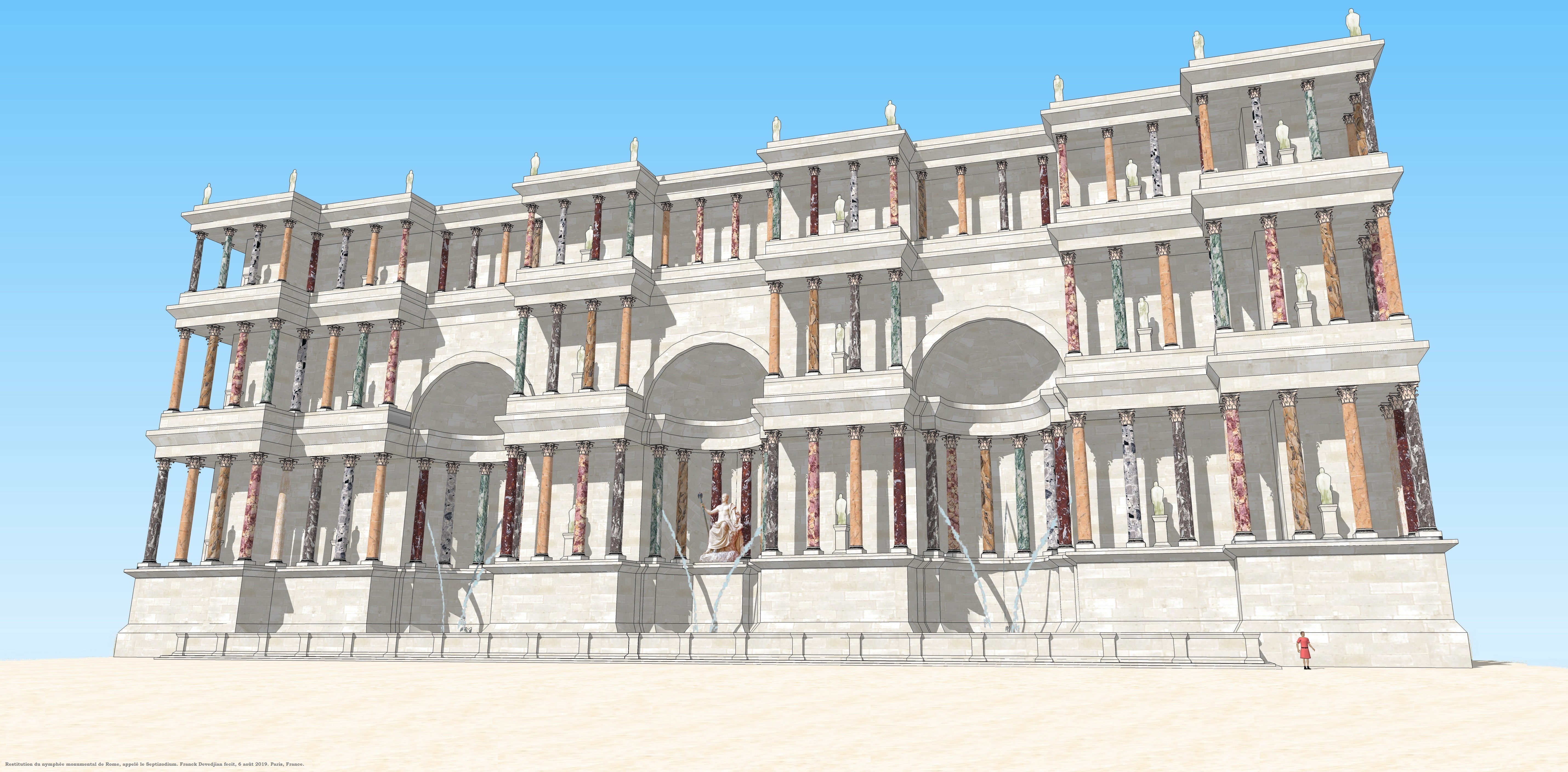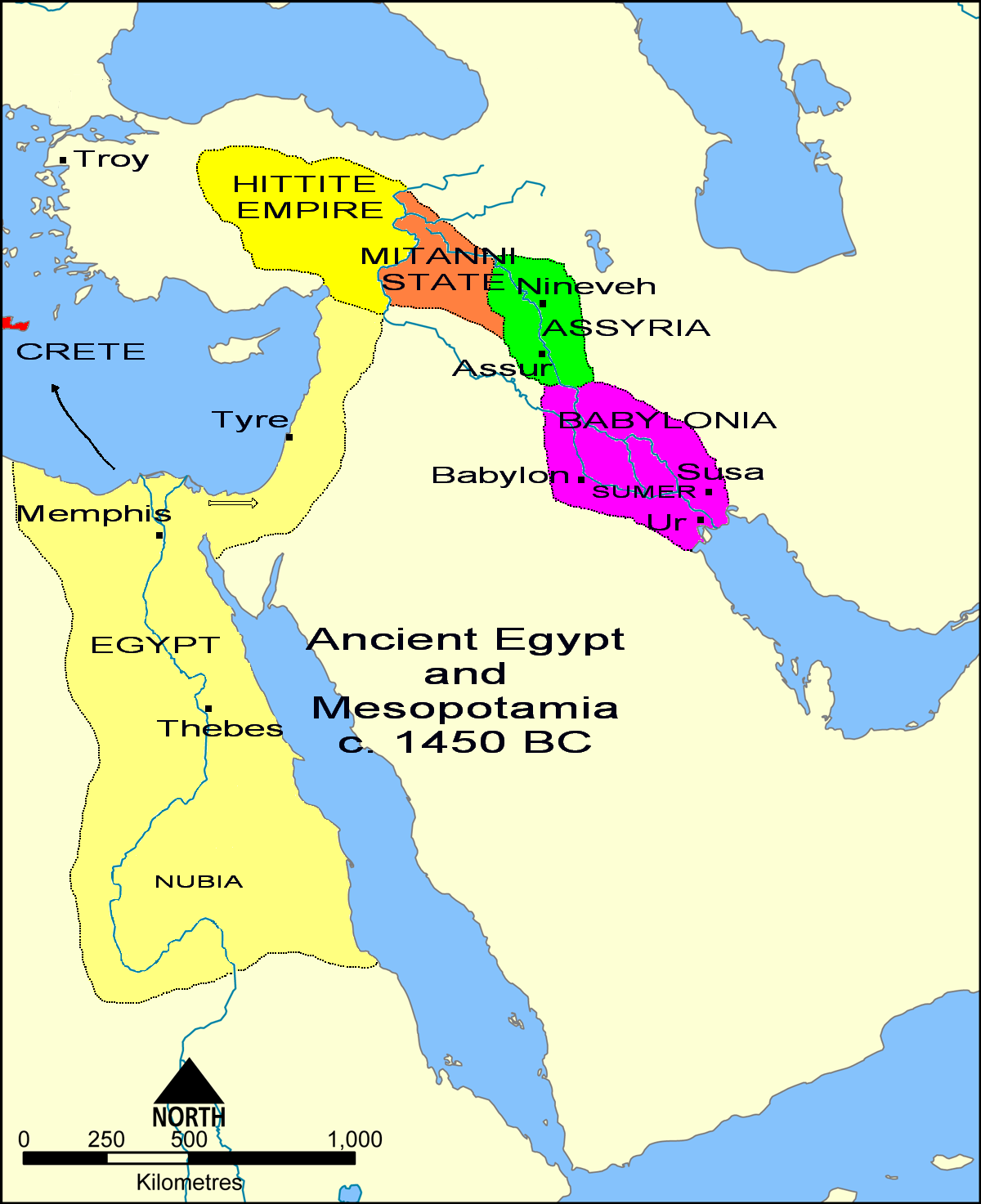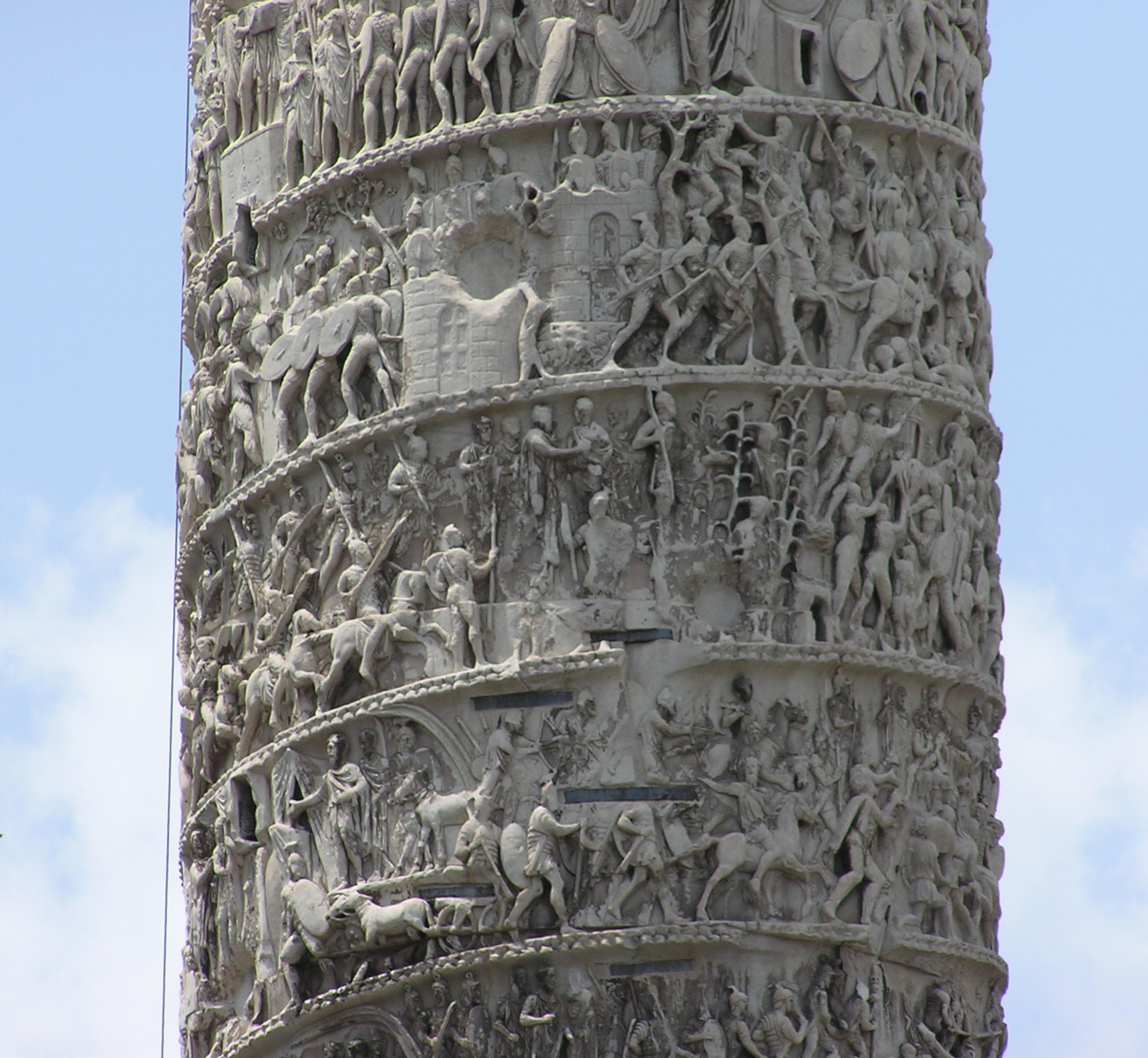|
Septizodium
The Septizodium (also called ''Septizonium'' or ''Septicodium'') was a building in ancient Rome. It was built in 203 AD by Emperor Septimius Severus. The origin of the name "Septizodium" is from ''Septisolium'', from the Latin for temple of seven suns, and was probably named for the seven planetary deities (Saturn, Sun, Moon, Mars, Mercury, Jupiter, Venus) or for the fact that it was originally divided into seven parts. The building had no known practical purpose and was probably meant to be a decorative façade, known as a nymphaeum. Ancient and medieval sources describe its purpose as being intended to impress Severus' fellow north Africans as they entered the city, as it was located at the place where the Via Appia passes the Palatine and leads east towards the Forum Romanum. Other examples of septizodia are known, all from Africa. Ammianus Marcellinus refers to the building in an ambiguous passage: "The plebs...had come together at the Septemzodium, a popular place, where Ma ... [...More Info...] [...Related Items...] OR: [Wikipedia] [Google] [Baidu] |
Papal Election, 1241
The 1241 papal election (21 September to 25 October) saw the election of Cardinal Goffredo da Castiglione as Pope Celestine IV. The election took place during the first of many protracted ''sede vacantes'' of the Middle Ages, and like many of them was characterized by disputes between popes and the Holy Roman Emperor. Specifically, the election took place during the war between Frederick II, Holy Roman Emperor and the Lombard League and deceased pontiff, Pope Gregory IX, with Italy divided between pro-Papal and pro-Imperial factions known as the Guelphs and Ghibellines. During the ''sede vacante'', Frederick II surrounded Rome with his armies, blocking the arrival of some cardinal electors known to be hostile to his interests. Unable to reach a consensus, the cardinals were locked in a monastery called the Septasolium (corrupted in both medieval and modern narratives into Septizodium) by the Roman civic officials, eventually settling on one of their oldest and most feeble members ... [...More Info...] [...Related Items...] OR: [Wikipedia] [Google] [Baidu] |
Palatine Hill
The Palatine Hill (; la, Collis Palatium or Mons Palatinus; it, Palatino ), which relative to the seven hills of Rome is the centremost, is one of the most ancient parts of the city and has been called "the first nucleus of the Roman Empire." The site is now mainly a large open-air museum while the Palatine Museum houses many finds from the excavations here and from other ancient Italian sites. Imperial palaces were built there, starting with Augustus. Before imperial times the hill was mostly occupied by the houses of the rich. The hill originally had two summits separated by a depression; the highest part was called Palatium and the other Germalus (or Cermalus). Using the Forma Urbis Romae, Forma Urbis its perimeter enclosed ; while the Regionary Catalogues of the 4th century enclose . Etymology According to Livy (59 BC – AD 17) the Palatine hill got its name from the Arcadia (ancient region), Arcadian settlers from Pallantium, named from its founder Pallas of Arc ... [...More Info...] [...Related Items...] OR: [Wikipedia] [Google] [Baidu] |
Septimius Severus
Lucius Septimius Severus (; 11 April 145 – 4 February 211) was Roman emperor from 193 to 211. He was born in Leptis Magna (present-day Al-Khums, Libya) in the Roman province of Africa. As a young man he advanced through the customary succession of offices under the reigns of Marcus Aurelius and Commodus. Severus seized power after the death of the emperor Pertinax in 193 during the Year of the Five Emperors. After deposing and killing the incumbent emperor Didius Julianus, Severus fought his rival claimants, the Roman generals Pescennius Niger and Clodius Albinus. Niger was defeated in 194 at the Battle of Issus in Cilicia. Later that year Severus waged a short punitive campaign beyond the eastern frontier, annexing the Kingdom of Osroene as a new province. Severus defeated Albinus three years later at the Battle of Lugdunum in Gaul. Following the consolidation of his rule over the western provinces, Severus waged another brief, more successful war in the east again ... [...More Info...] [...Related Items...] OR: [Wikipedia] [Google] [Baidu] |
List Of Ancient Monuments In Rome
This is a list of ancient monuments from Republican and Imperial periods in the city of Rome, Italy. Amphitheaters * Amphitheater of Caligula * Amphitheatrum Castrense * Amphitheater of Nero * Amphitheater of Statilius Taurus * Colosseum Baths * Baths of Agrippa * Baths of Caracalla * Baths of Commodus * Baths of Constantine * Baths of Decius * Baths of Diocletian * Baths of Licinius Sura * Baths of Nero and Alexander * Baths of Septimius Severus * Baths of Titus * Baths of Trajan (later misnamed the Baths of Domitian) Circuses * Circus Flaminius * Circus Maximus * Circus of Maxentius * Circus of Nero * Circus Varianus Gardens * Gardens of Lucullus * Gardens of Maecenas * Gardens of Sallust * Horti Aciliorum * Horti Agrippinae * Horti Caesaris * Horti Domitiae * Horti Lamiani * Horti Liciniani * Horti Lolliani * Horti Pompeiani * Horti Tauriani Porticoes * Porticus Aemilia * Porticus Deorum Consentium * Porticus of Livia * Porticus Octavia * ... [...More Info...] [...Related Items...] OR: [Wikipedia] [Google] [Baidu] |
Pope Sixtus V
Pope Sixtus V ( it, Sisto V; 13 December 1521 – 27 August 1590), born Felice Piergentile, was head of the Catholic Church and ruler of the Papal States from 24 April 1585 to his death in August 1590. As a youth, he joined the Franciscan order, where he displayed talents as a scholar and preacher, and enjoyed the patronage of Pius V, who made him a cardinal. As a cardinal, he was known as Cardinal Montalto. As Pope, he energetically rooted out corruption and lawlessness across Rome, and launched a far-sighted rebuilding programme that continues to provoke controversy, as it involved the destruction of antiquities. The cost of these works was met by heavy taxation that caused much suffering. His foreign policy was regarded as over-ambitious, and he excommunicated both Queen Elizabeth I of England and King Henry IV of France. He is recognized as a significant figure of the Counter-Reformation. He is the most recent pope to date to take on the pontifical name "Sixtus". Early l ... [...More Info...] [...Related Items...] OR: [Wikipedia] [Google] [Baidu] |
Pope Celestine IV
Pope Celestine IV ( la, Caelestinus IV; c. 1180/1187 − 10 November 1241), born Goffredo da Castiglione, was head of the Catholic Church and ruler of the Papal States for only a few days from 25 October 1241 to his death in 10 November 1241. History Born in Milan, Goffredo or Godfrey is often referred to as son of a sister of Pope Urban III, but this claim is without foundation. Nothing is known of his early life until he became chancellor of the church of Milan (perhaps as early as 1219, certainly in 1223–27). Pope Gregory IX made him a cardinal on 18 September 1227 with the diocese and benefice of San Marco, and in 1228–29 sent him as legate in Lombardy and Tuscany, where the cities and communes had generally remained true to the Hohenstaufen emperor, Frederick II. He was dispatched in an attempt to bring these territories around to the papal side, but without success. In 1238, he was made cardinal bishop of Sabina. The papal election of 1241, which elevated ... [...More Info...] [...Related Items...] OR: [Wikipedia] [Google] [Baidu] |
Matteo Rosso Orsini
Matteo Rosso Orsini (1178–1246), called the Great, was an Italian politician, the father of Pope Nicholas III. He was named ''senatore'' of the City of Rome by Pope Gregory IX in 1241: in this capacity he took a firm stand against the ventures in Italy of Frederick II, Holy Roman Emperor, and defeated him in 1243. He was an effective lord of the Eternal City during sede vacante of 1241 and had a considerable influence on the papal election of that year, when the cardinal electors were confined in the Septizodium by his orders. He extended the territories of the Orsini family. He was also a personal friend of St Francis of Assisi and protector of his order His or HIS may refer to: Computing * Hightech Information System, a Hong Kong graphics card company * Honeywell Information Systems * Hybrid intelligent system * Microsoft Host Integration Server Education * Hangzhou International School, in .... External linksThe Catholic Encyclopedia: Orsini family [...More Info...] [...Related Items...] OR: [Wikipedia] [Google] [Baidu] |
Buildings And Structures Completed In The 3rd Century
A building, or edifice, is an enclosed structure with a roof and walls standing more or less permanently in one place, such as a house or factory (although there's also portable buildings). Buildings come in a variety of sizes, shapes, and functions, and have been adapted throughout history for a wide number of factors, from building materials available, to weather conditions, land prices, ground conditions, specific uses, prestige, and aesthetic reasons. To better understand the term ''building'' compare the list of nonbuilding structures. Buildings serve several societal needs – primarily as shelter from weather, security, living space, privacy, to store belongings, and to comfortably live and work. A building as a shelter represents a physical division of the human habitat (a place of comfort and safety) and the ''outside'' (a place that at times may be harsh and harmful). Ever since the first cave paintings, buildings have also become objects or canvasses of much artist ... [...More Info...] [...Related Items...] OR: [Wikipedia] [Google] [Baidu] |
Ancient Roman Buildings And Structures In Rome
Ancient history is a time period from the beginning of writing and recorded human history to as far as late antiquity. The span of recorded history is roughly 5,000 years, beginning with the Sumerian cuneiform script. Ancient history covers all continents inhabited by humans in the period 3000 BCAD 500. The three-age system periodizes ancient history into the Stone Age, the Bronze Age, and the Iron Age, with recorded history generally considered to begin with the Bronze Age. The start and end of the three ages varies between world regions. In many regions the Bronze Age is generally considered to begin a few centuries prior to 3000 BC, while the end of the Iron Age varies from the early first millennium BC in some regions to the late first millennium AD in others. During the time period of ancient history, the world population was already exponentially increasing due to the Neolithic Revolution, which was in full progress. While in 10,000 BC, the world population stood ... [...More Info...] [...Related Items...] OR: [Wikipedia] [Google] [Baidu] |
Santa Maria Maggiore
The Basilica of Saint Mary Major ( it, Basilica di Santa Maria Maggiore, ; la, Basilica Sanctae Mariae Maioris), or church of Santa Maria Maggiore, is a Major papal basilica as well as one of the Seven Pilgrim Churches of Rome and the largest Catholic Marian church in Rome, Italy. The basilica enshrines the venerated image of ''Salus Populi Romani'', depicting the Blessed Virgin Mary as the health and protectress of the Roman people, which was granted a Canonical coronation by Pope Gregory XVI on 15 August 1838 accompanied by his Papal bull ''Cælestis Regina''. Pursuant to the Lateran Treaty of 1929 between the Holy See and Italy, the Basilica is within Italian territory and not the territory of the Vatican City State.Lateran Treaty of 1929, Article 15 However, the Holy See fully owns the Basilica, and Italy is legally obligated to recognize its full ownership thereof and to concede to it "the immunity granted by International Law to the headquarters of the diplomatic ag ... [...More Info...] [...Related Items...] OR: [Wikipedia] [Google] [Baidu] |
Column Of Marcus Aurelius
The Column of Marcus Aurelius ( la, Columna Centenaria Divorum Marci et Faustinae, it, Colonna di Marco Aurelio) is a Roman victory column in Piazza Colonna, Rome, Italy. It is a Doric column featuring a spiral relief: it was built in honour of Roman emperor Marcus Aurelius and modeled on Trajan's Column. Construction Because the original dedicatory inscription has been destroyed, it is not known whether it was built during the emperor's reign (on the occasion of the triumph over the Marcomanni, Quadi and Sarmatians in the year 176) or after his death in 180; however, an inscription found in the vicinity attests that the column was completed by 193. In terms of the topography of ancient Rome, the column stood on the north part of the Campus Martius, in the centre of a square. This square was either between the temple of Hadrian (probably the Hadrianeum) and the temple of Marcus Aurelius (dedicated by his son Commodus, of which nothing now remains – it was probably o ... [...More Info...] [...Related Items...] OR: [Wikipedia] [Google] [Baidu] |









